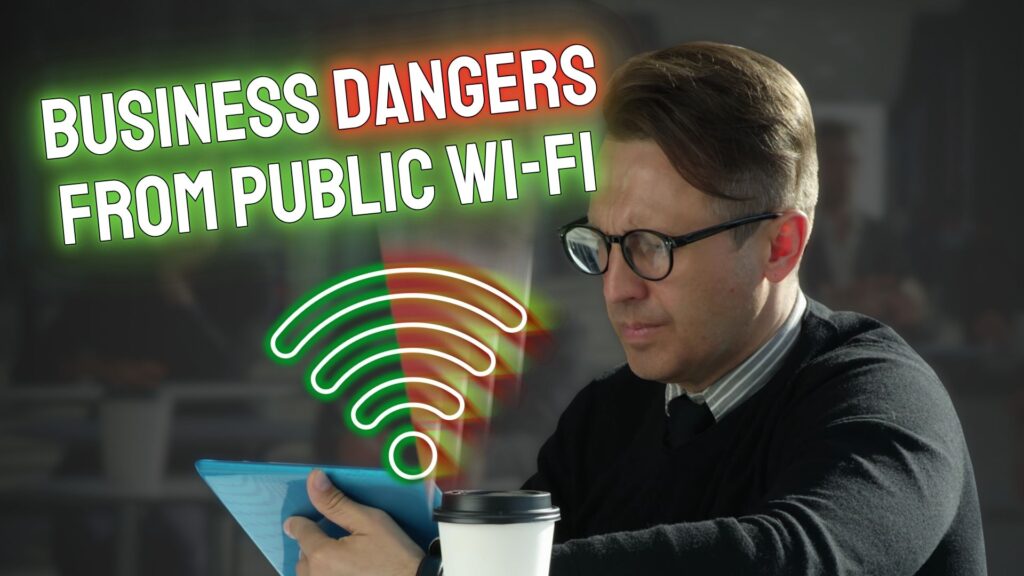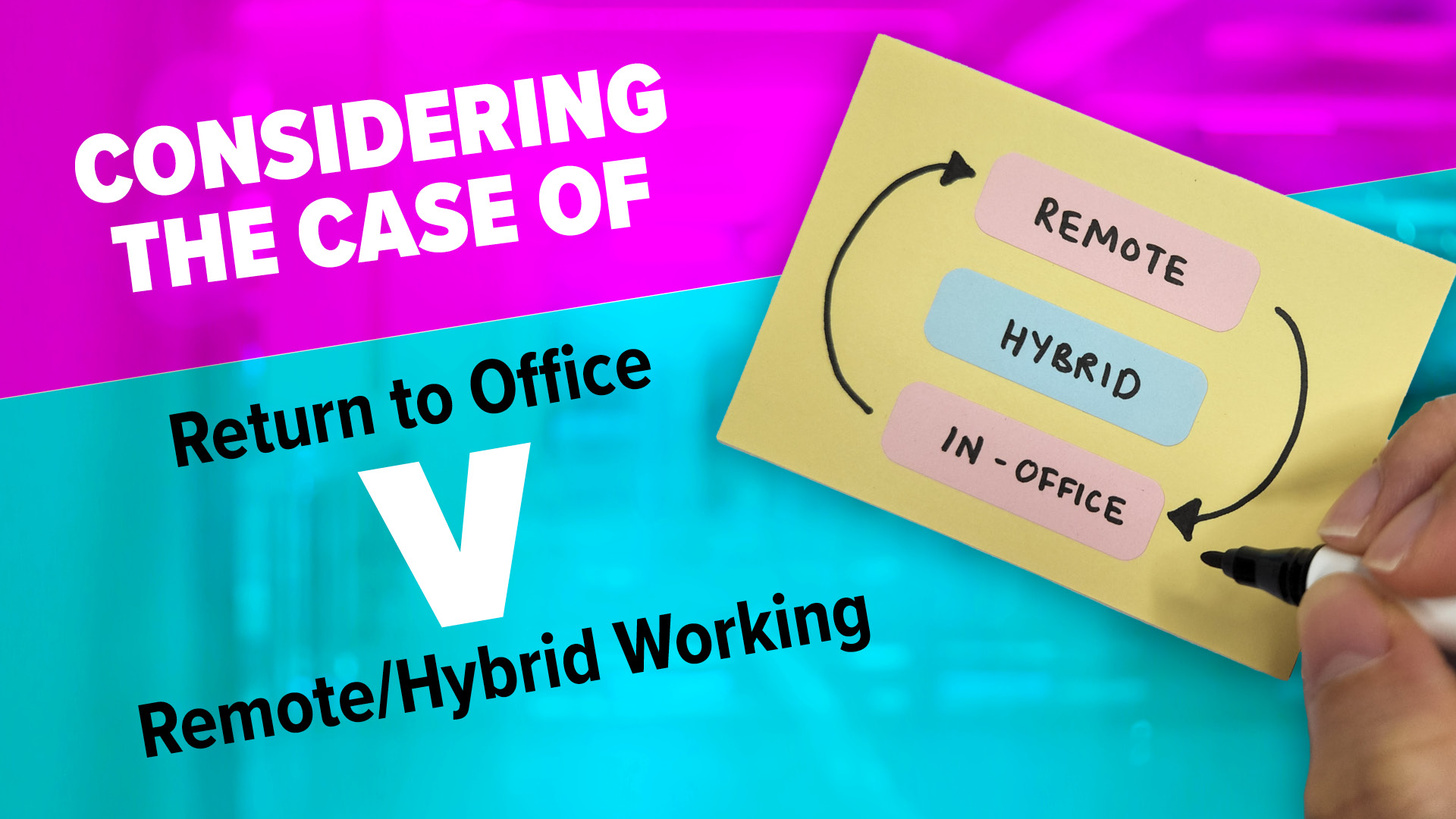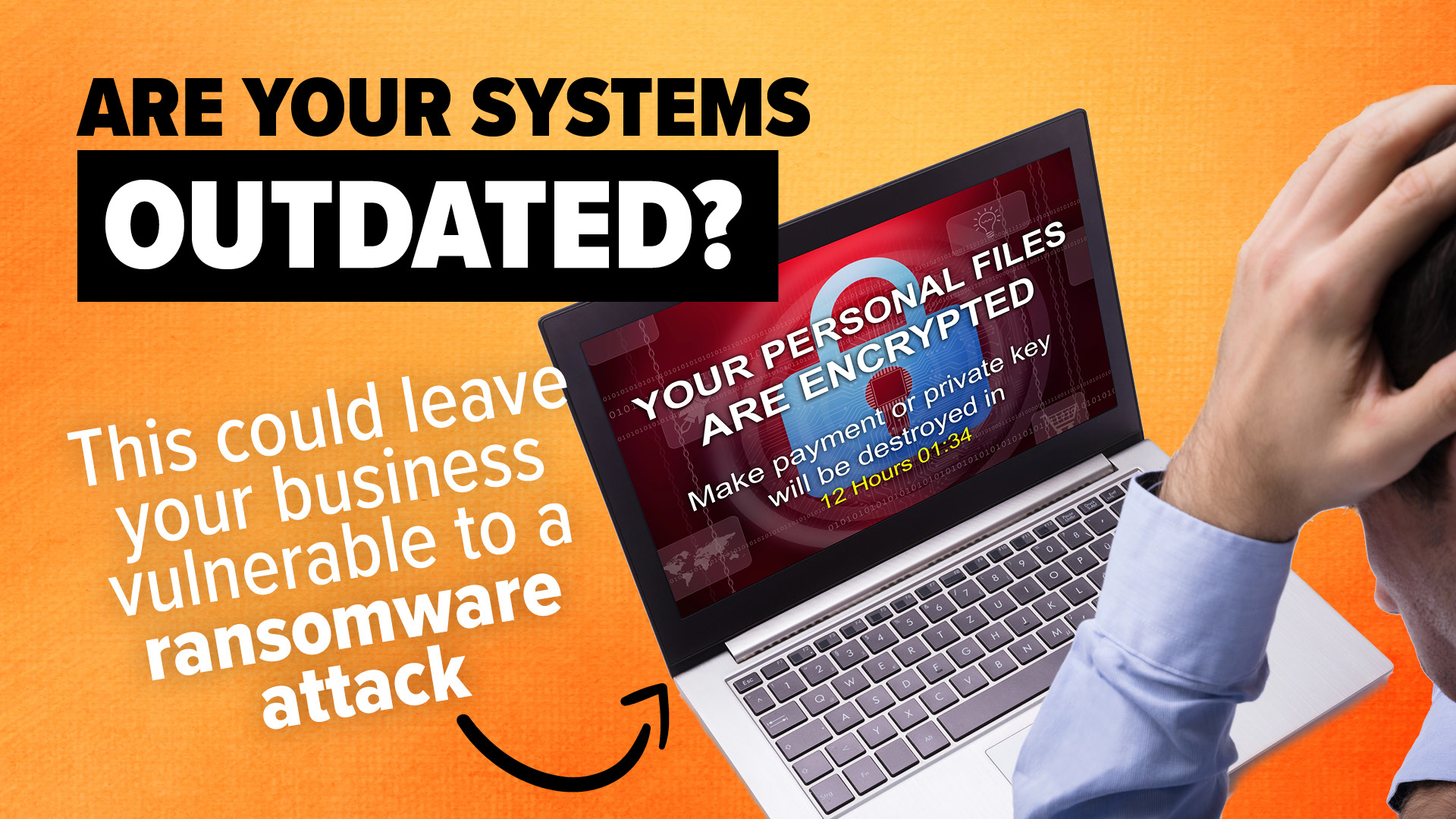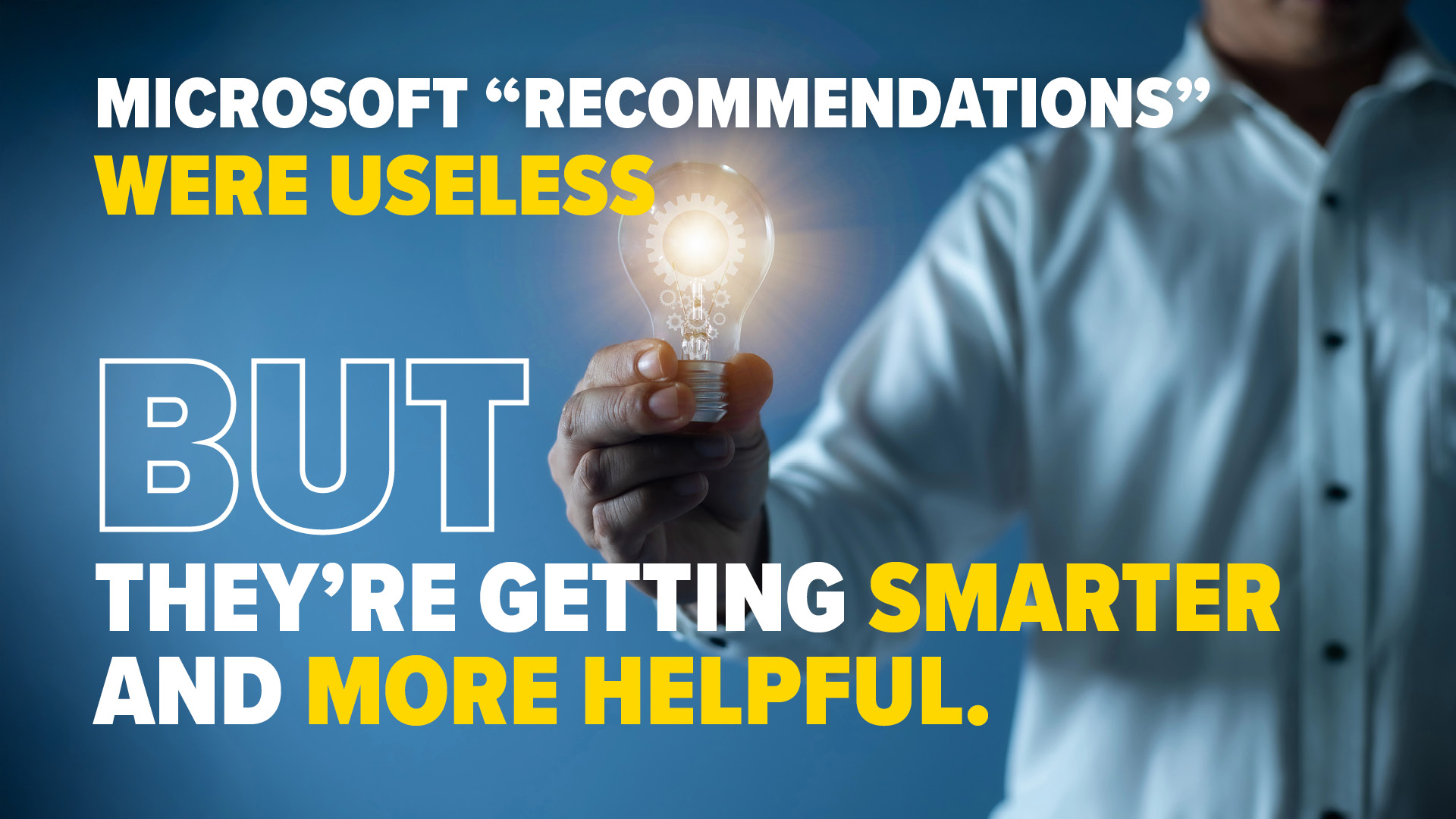Public Wi-Fi is everywhere these days – coffee shops, airports, hotels, trains. It’s super convenient, especially for business travelers or anyone working remotely.

But what if I told you that hopping on that free Wi-Fi could expose your business data to cyber criminals? That’s the reality of using unsecured public networks.
When you connect to public Wi-Fi, you’re opening the door to scammers who know exactly how to exploit these networks. The two biggest threats you need to know about are called Man-in-the-Middle (MITM) attacks and Evil Twin attacks. Yes, they sound like something out of a spy movie… but they’re very real and can have serious consequences for your business.
Let’s start with Man-in-the-Middle (MITM) attacks. You’re sitting in a coffee shop, sending an email or logging in to your business bank account. You think your device is communicating directly with the public Wi-Fi network, but in reality, a cyber criminal has inserted itself between you and the network.
This “man in the middle” can see everything you’re doing – your passwords, your emails, even your credit card details. And the worst part? You probably won’t even notice it’s happening.
Criminals use this stolen information in all sorts of ways. They might sell it to advertisers, use it to impersonate you in phishing scams (where they trick people into sharing sensitive information, like passwords or credit card details). Or even steal money from your accounts. For businesses, this could mean sensitive financial information or customer data ending up in the wrong hands.
Now let’s talk about Evil Twin attacks. Imagine you’re in an airport and see two Wi-Fi networks: One called “Airport Free Wi-Fi” and another called “Airport Wi-Fi Secure”. They both sound legit, but one of them could be a fake network set up by cyber criminals.
When you connect to the fake network, scammers can monitor everything you do online, just like in a MITM attack – but they can go even further. They can steal your cookies (little bits of data that websites use to remember you) and gain access to things like your login details or personal information.
In some cases, they can even install malware (malicious software) on your device without you clicking a single thing. Scary, right? All it takes is connecting to the wrong public Wi-Fi network, then your data – and your business’s security – could be compromised.
Using public Wi-Fi doesn’t have to be a security nightmare, but you do need to be cautious. Here are some steps you can take to help keep your business protected:
- Avoid accessing sensitive information while connected to public Wi-Fi. This includes anything involving passwords, personal data, or financial accounts. If you wouldn’t want a stranger looking over your shoulder, it’s best to save it for when you’re on a secure network.
- Stick to websites that use HTTPS, which encrypts your data. You’ll know a site is secure if you see a padlock icon in the address bar or “https://” at the beginning of the web address. Most websites use this today.
- Consider using trusted browser extensions designed to boost your online safety. Many can block cookies, ads, and even malicious websites, reducing the risk of your information being exposed.
- Turn off auto-join on your business devices. This stops your work phone, tablet, or laptop from automatically connecting to any available network, including potentially dangerous ones.
- Be wary of suspicious pop-ups. Scammers often use these to trick you into clicking something malicious. If a pop-up feels wrong, don’t interact with it – just close the window.
- Enable two-factor authentication (2FA) on your business accounts whenever possible. This requires a second form of identification (like a code sent to your phone) to log you in, which makes it harder for anyone to break in even if they get hold of your password.
- Finally, keep your software up to date. Updates often include security patches that protect your device from the latest threats. Ignoring them could leave your business devices vulnerable.
A little caution goes a long way when it comes to keeping your business protected online. Ask yourself: Is the convenience of free public Wi-Fi worth the risk of exposing my data?
The allure of free public Wi-Fi is undeniable, especially for businesses on the go. It promises seamless connectivity in cafes, airports, and hotels, enabling employees to stay productive wherever they are. However, this convenience comes at a cost, as public Wi-Fi networks are often a breeding ground for cybercriminals seeking to exploit vulnerabilities and steal sensitive data.
Understanding the risks associated with these networks is paramount for safeguarding your business information and maintaining a secure digital environment.
By recognizing the potential threats and implementing proactive security measures, businesses can leverage the benefits of public Wi-Fi while minimizing the associated risks. This involves not only educating employees about safe browsing practices but also investing in robust security solutions that can detect and prevent malicious activity.
One of the most significant dangers lurking on public Wi-Fi networks is the prevalence of Man-in-the-Middle (MITM) attacks. Imagine an employee working remotely from a coffee shop, accessing confidential company files or engaging in sensitive financial transactions.
Unbeknownst to them, a cybercriminal could be positioned between their device and the Wi-Fi access point, intercepting and manipulating the data being transmitted. This “man in the middle” can eavesdrop on communications, steal login credentials, and even alter the content of emails or documents.
For businesses, the consequences of a successful MITM attack can be devastating, ranging from the loss of proprietary information to financial fraud and reputational damage. The insidious nature of these attacks lies in their stealth; users are often unaware that their connection has been compromised, making detection and prevention all the more challenging.
Another common threat encountered on public Wi-Fi is the “Evil Twin” attack. This involves the creation of a fake Wi-Fi hotspot that mimics a legitimate network, often with a name that is strikingly similar to the actual service. Unsuspecting users who connect to this rogue hotspot unknowingly funnel their internet traffic through the cybercriminal’s server.
Once connected, the attacker gains access to all the user’s online activity, including passwords, browsing history, and sensitive data. They can even inject malware into the user’s device, compromising its security and potentially spreading the infection to other devices on the business network.
The deceptive nature of Evil Twin attacks makes them particularly dangerous, as users are often tricked into believing they are connecting to a secure and trusted network. This highlights the importance of verifying the legitimacy of Wi-Fi networks before connecting and educating employees about the telltale signs of a potential Evil Twin. If you’d like help keeping your business data protected no matter where you are, get in touch.








